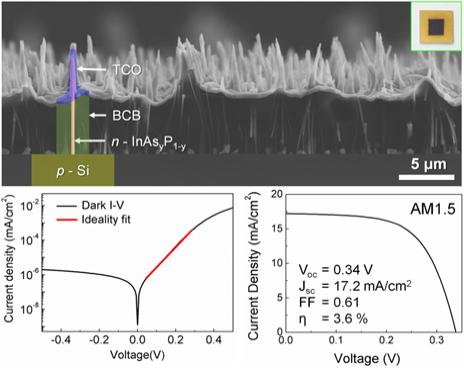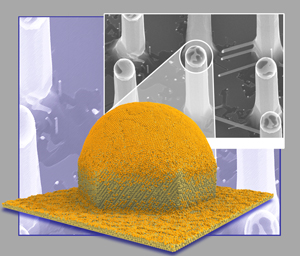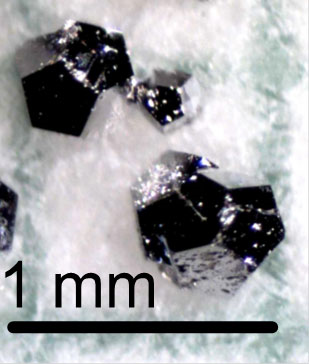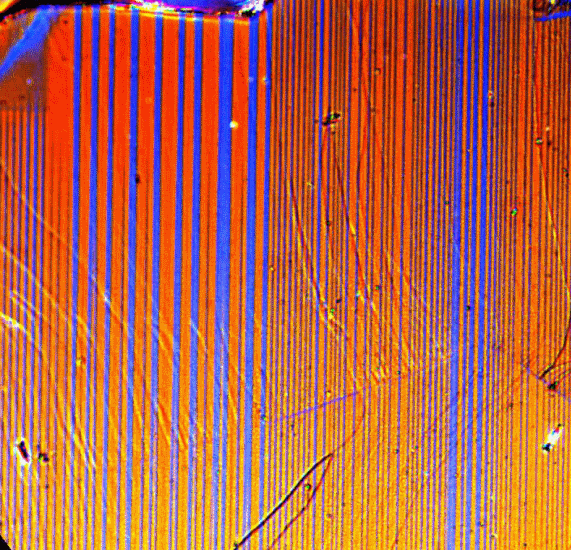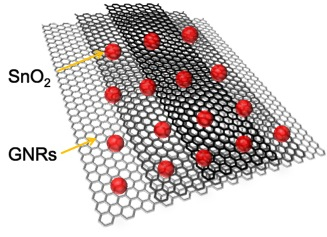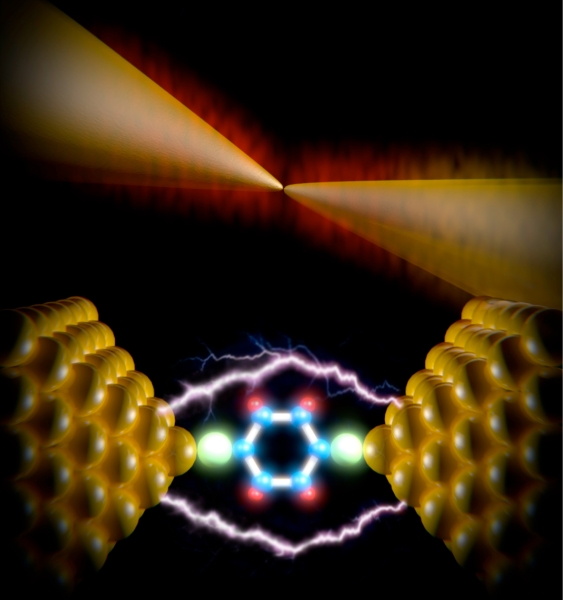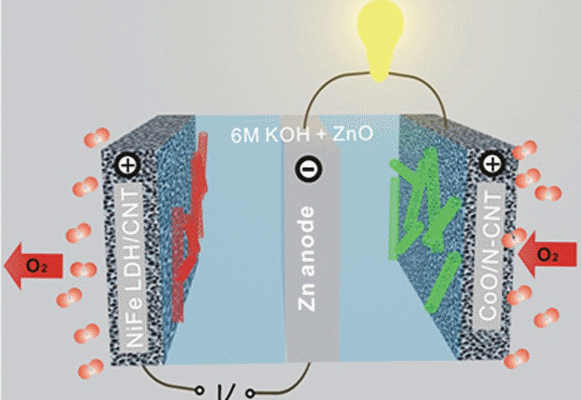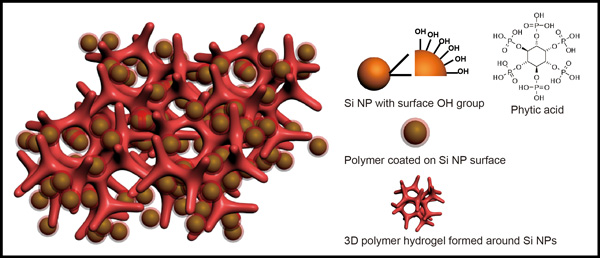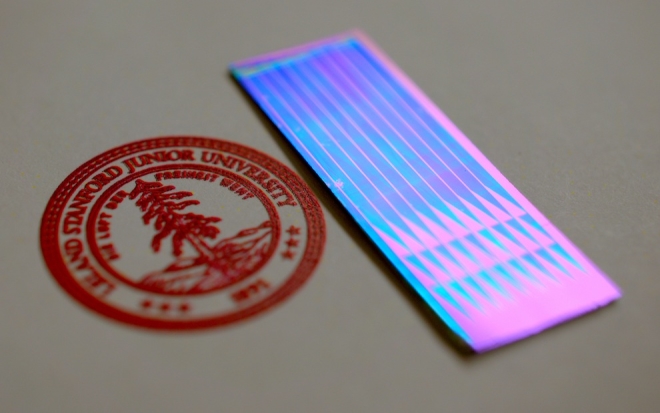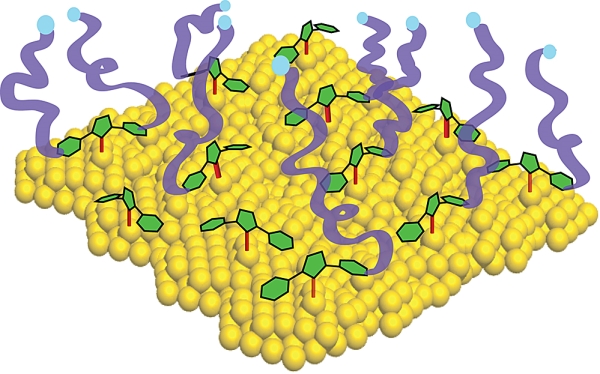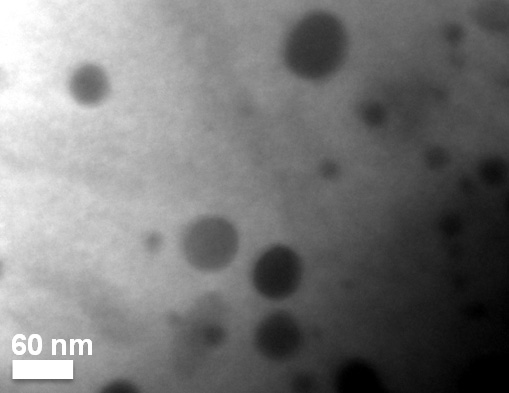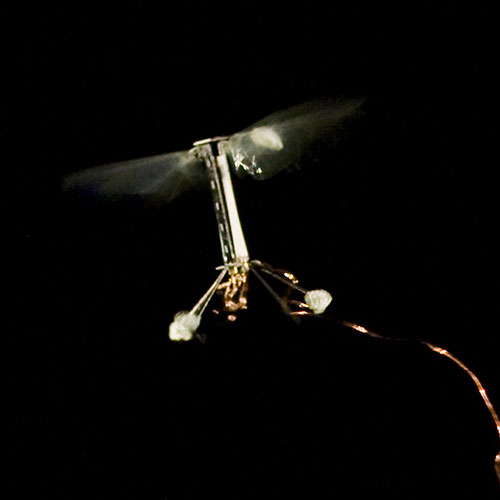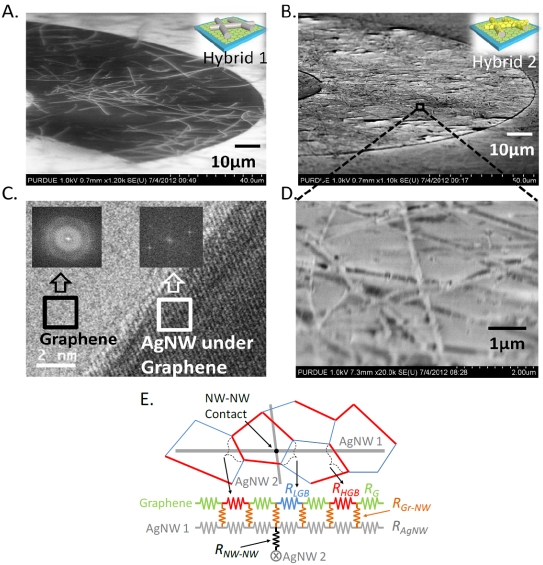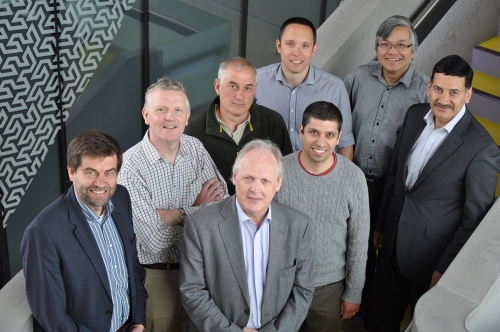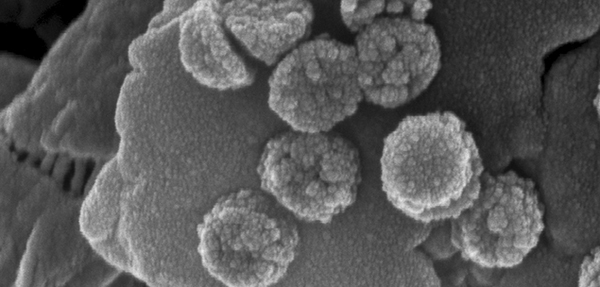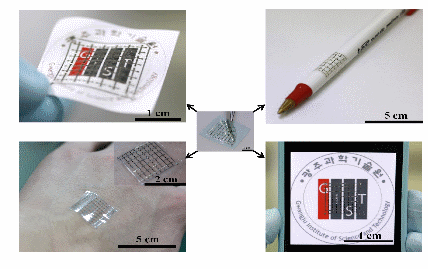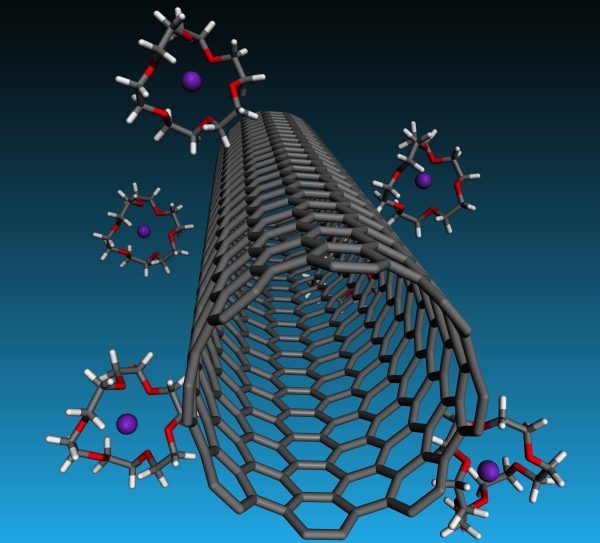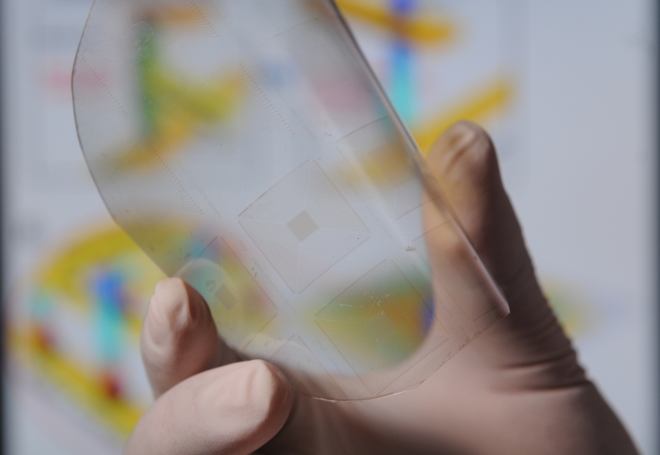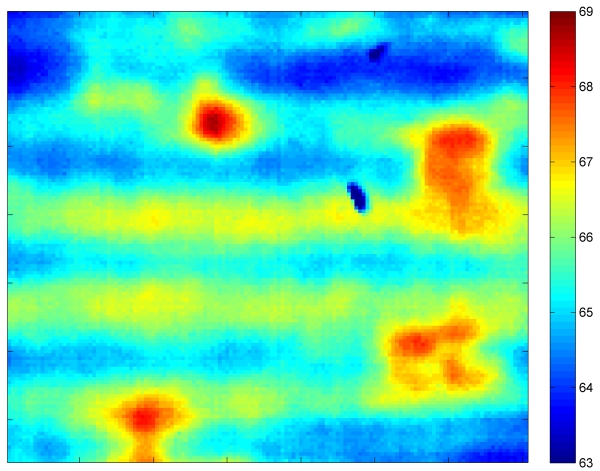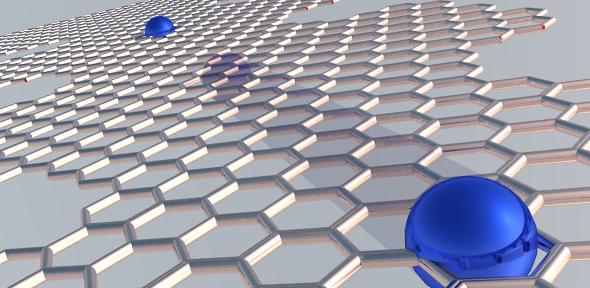
World First, Large(Wafer)-Scale Production of III-V Semiconductor Nanowire
Researchers from Ulsan National Institute of Science and Technology, South Korea, and University of Illinois, U.S.A, dev…
Read >>The science of sculpture, nano-style
The work of associate professor Moneesh Upmanyu and his team provides new insight into the growth of nanowires is re…
Read >>Ames Laboratory scientists discover new family of quasicrystals
Scientists at the U.S. Department of Energy’s Ames Laboratory have discovered a new family of rare-earth quasicrystals u…
Read >>Resistivity switch is window to role of magnetism in iron-based superconductors
Physicists at the U.S. Department of Energy’s Ames Laboratory have discovered surprising changes in electrical resistivi…
Read >>Unzipped nanotubes unlock potential for batteries
Rice University lab combines graphene nanoribbons with tin oxide for improved anodes
After 50 charge-discharge cycles, the test units retained a capacity that was still more than double that of the graphit…
Read >>Nano-thermometer enables first atomic-scale heat dissipation measurements
In findings that could help overcome a major technological hurdle in the road toward smaller and more powerful electroni…
Read >>Stanford scientists develop efficient zinc-air battery
Stanford scientists have created a zinc-air battery that could become a low-cost alternative to lithium-ion technology.
Stanford University scientists have created an advanced zinc-air battery with higher catalytic activity and durability t…
Read >>Stanford scientists create novel silicon electrodes that improve lithium-ion battery performance
Stanford scientists have developed inexpensive silicon-based electrodes that dramatically improve the charge storage capacity of lithium-ion batteries.
Stanford University scientists have dramatically improved the performance of lithium-ion batteries by creating novel ele…
Read >>Printing Innovations Provide 10-fold Improvement in Organic Electronics
Through innovations to a printing process, researchers have made major improvements to organic electronics—a technology…
Read >>A new kind of chemical ‘glue’
Method for attaching molecules to metal surfaces could find applications in medicine, electronics and other fields.
Method for attaching molecules to metal surfaces could find applications in medicine, electronics and other fields.
Read >>Nano-engineering boosts efficiency of materials that convert waste heat to electrical energy
High-performance thermoelectric materials that convert waste heat to electricity could one day be a source of more susta…
Read >>Robotic insects make first controlled flight
In culmination of a decade's work, RoboBees achieve vertical takeoff, hovering, and steering
In culmination of a decade's work, RoboBees achieve vertical takeoff, hovering, and steering
Read >>Innovation could bring flexible solar cells, transistors, displays
Researchers have created a new type of transparent electrode that might find uses in solar cells, flexible displays for…
Read >>£5.6m national collaboration to develop the next generation of computing systems
A national collaboration of electronic engineers and computer scientists is aiming to develop the next generation of energy-efficient computing systems.
PRiME brings together four world-leading research groups from the Universities of Southampton, Imperial College, Manches…
Read >>Stanford engineers' new nanoscavenger purifies water, gets retrieved by magnet
A new nanoparticle developed by Stanford engineers offers promising advancement in the way water is purified. The synthetic nanoscavenger can be quickly removed by magnet from the water. Similar existing technologies leave too many nanoscavengers behind for the water to be considered safe for human use.
A new nanoparticle developed by Stanford engineers offers promising advancement in the way water is purified. The synthe…
Read >>Development of Sticker-type Electronic Element
Research of Professor Go Heung Cho’s team was published as the cover story in Advanced Functional Material
A group of Korean researchers succeeded in the development of a sticker-type electronic element, which is easily attache…
Read >>‘Going negative’ pays for nanotubes
Rice University lab finds possible keys to better nanofibers, films
A Rice University laboratory’s cagey strategy turns negatively charged carbon nanotubes into liquid crystals that could…
Read >>Piezoelectric “Taxels” Convert Motion to Electronic Signals for Tactile Imaging
Using bundles of vertical zinc oxide nanowires, researchers have fabricated arrays of piezotronic transistors capable of…
Read >>New technique to improve quality control of lithium-ion batteries
Researchers have created a new tool to detect flaws in lithium-ion batteries as they are being manufactured, a step towa…
Read >>Graphene joins the race to redefine the ampere
A new joint innovation by the University of Cambridge and the National Physical Laboratory, the UK’s National Measuremen…
Read >>
There are 141 articles in Tech & Electronics: Research
Tech & Electronics: Research Archive
